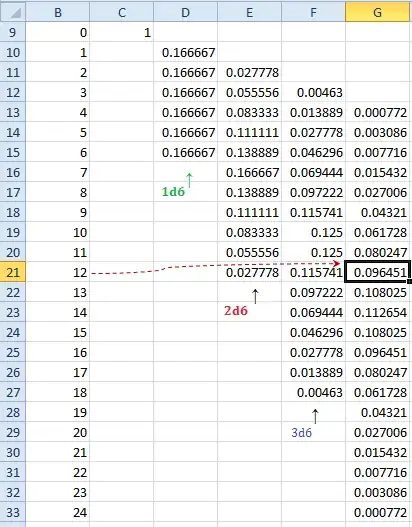In Sheldon Ross' A First Course in Probability there is an easy to follow proof:
Modifying a bit the notation in the OP, $U_i \overset{iid}\sim \mathcal{U}(0,1)$ and $Y$ the minimum number of terms for $U_1 + U_2 + \dots + U_Y > 1$, or expressed differently:
$$Y = min\Big\{n: \sum_{i=1}^n U_i>1\Big\}$$
If instead we looked for:
$$Y(u) = min\Big\{n: \sum_{i=1}^n U_i>u\Big\}$$ for $u\in[0,1]$, we define the $f(u)=\mathbb E[Y(u)]$, expressing the expectation for the number of realizations of uniform draws that will exceed $u$ when added.
We can apply the following general properties for continuous variables:
$E[X] = E[E[X|Y]]=\displaystyle\int_{-\infty}^{\infty}E[X|Y=y]\,f_Y(y)\,dy$
to express $f(u)$ conditionally on the outcome of the first uniform, and getting a manageable equation thanks to the pdf of $X \sim U(0,1)$, $f_Y(y)=1.$ This would be it:
$$f(u)=\displaystyle\int_0^1 \mathbb E[Y(u)|U_1=x]\,dx \tag 1$$
If the $U_1=x$ we are conditioning on is greater than $u$, i.e. $x>u$, $\mathbb E[Y(u)|U_1=x] =1 .$ If, on the other hand, $x <u$, $\mathbb E[Y(u)|U_1=x] =1 + f(u - x)$, because we already have drawn $1$ uniform random, and we still have the difference between $x$ and $u$ to cover. Going back to equation (1):
$$f(u) = 1 + \displaystyle\int_0^x f(u - x) \,dx$$, and with substituting $w = u - x$ we would have $f(u) = 1 + \displaystyle\int_0^x f(w) \,dw$.
If we differentiate both sides of this equation, we can see that:
$$f'(u) = f(u)\implies \frac{f'(u)}{f(u)}=1$$
with one last integration we get:
$$log[f(u)] = u + c \implies f(u) = k \,e^u$$
We know that the expectation that drawing a sample from the uniform distribution and surpassing $0$ is $1$, or $f(0) = 1$. Hence, $k = 1$, and $f(u)=e^u$. Therefore $f(1) = e.$
